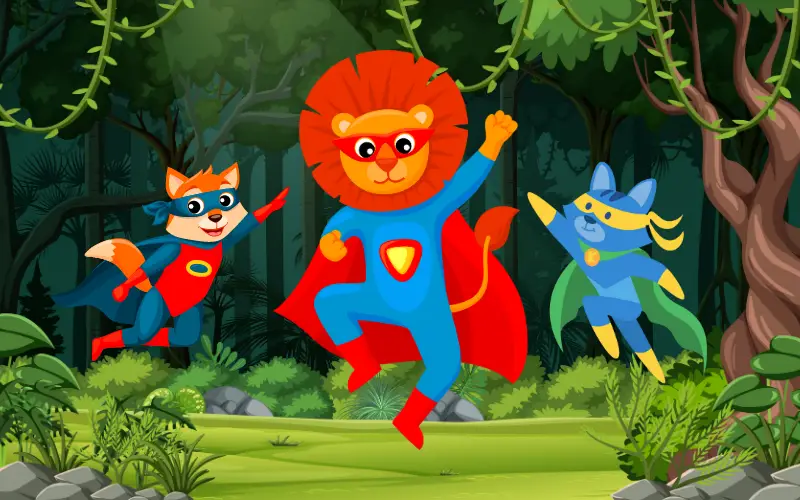
Nature has always held the most astonishing secrets, and the animal kingdom is no exception. Throughout the ages, scientists and researchers have been fascinated by the remarkable abilities displayed by animals in their daily lives. From mind-boggling adaptations to jaw-dropping feats, the wild world of animal superpowers offers a glimpse into the extraordinary diversity and complexity of life on Earth. In this blog post, we embark on a thrilling journey to explore some of the most intriguing and awe-inspiring animal superpowers that have captured the imagination of humans worldwide. Here are 16 extraordinary animal superpowers and the creatures that possess.
The List of 16 Animal Superpowers
Camouflage Masters: The Art of Disappearing
Animals possess incredible survival strategies, and one of the most impressive is their ability to blend seamlessly into their surroundings. Enter the masters of camouflage: creatures like the chameleon, leaf-tailed gecko, and the elusive octopus. These animals have evolved unique ways to change their skin color, texture, and even shape to remain virtually invisible to predators and prey alike. Witnessing their art of disappearing is like watching a living masterpiece in motion.
16. Color Change
Chameleon
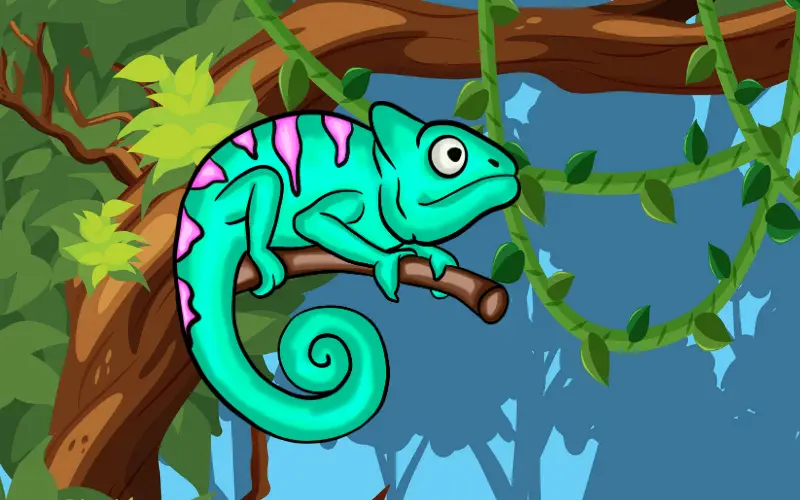
The chameleon, renowned for its remarkable ability to change color, is the epitome of camouflage mastery. Its skin contains specialized cells known as chromatophores, each capable of expanding and contracting to reveal different pigments. This allows the chameleon to adjust its coloration to match its environment or express its mood. Whether it’s the lush greens of a rainforest or the arid browns of a desert, the chameleon can effortlessly blend in, making it nearly invisible to both predators and prey.
But camouflage is not merely about matching colors; it’s also about adapting to different situations. Chameleons use their color-changing abilities to communicate with other members of their species, expressing emotions, or even as a courtship display. Observing a chameleon slowly shift through a mesmerizing symphony of colors is like witnessing a living canvas come to life.
15. Form Imitation
Leaf-Tailed Geckos
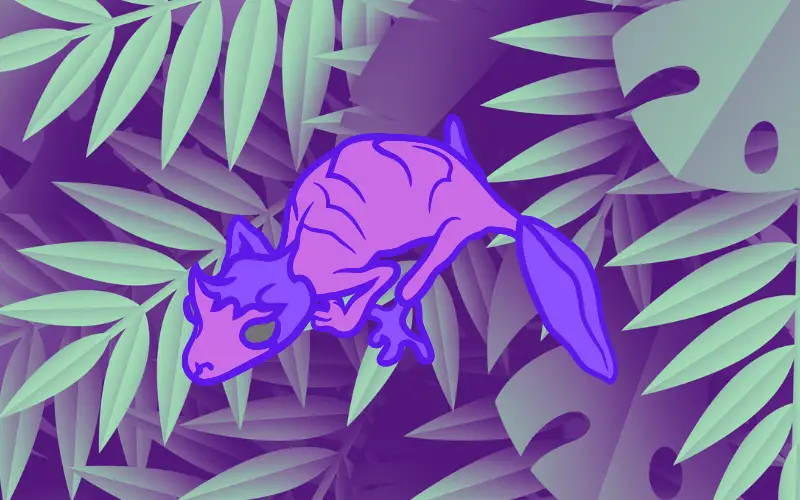
In the dense rainforests of Madagascar and other parts of the world, leaf-tailed geckos have perfected the art of imitating their namesake—dead leaves. Their bodies boast intricate patterns, textures, and even jagged edges that closely resemble decaying leaves. These geckos take camouflage to the next level by positioning themselves on branches or tree trunks, perfectly blending in with their surroundings. The illusion is so convincing that even keen-eyed predators can overlook them.
Not only do leaf-tailed geckos have the appearance of dead leaves, but they also have the behavior down to a science. They move slowly and deliberately, replicating the swaying motion of leaves in the breeze, further enhancing their deception. This incredible mimicry has allowed them to thrive in their rainforest habitats while remaining concealed from potential threats.
14. Disguise Mastery
Octopus
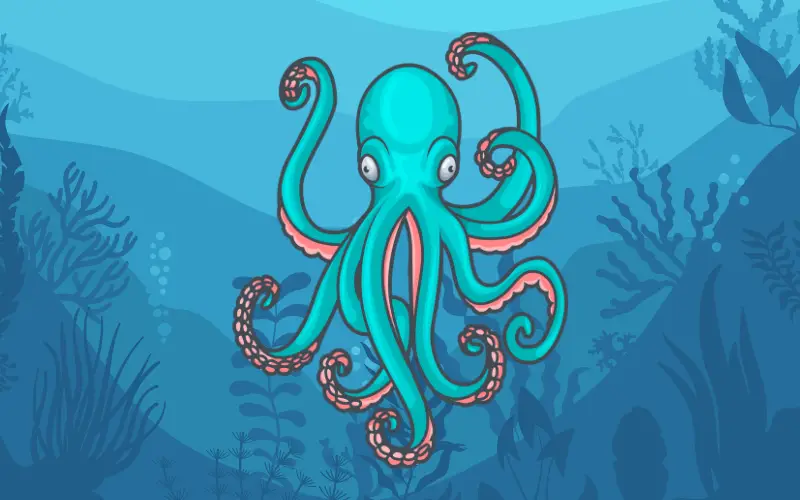
Of all the camouflage artists in the animal kingdom, the octopus reigns supreme. With its astounding ability to transform not just its color but also its texture and shape, the octopus is a true master of disguise. Its skin is equipped with specialized cells called chromatophores, iridophores, and papillae, which collectively grant it unparalleled control over its appearance.
When threatened, the octopus can instantaneously change its color and texture to mimic its environment, whether it’s rocks, coral, or seaweed. It can even morph into the shape of other animals to deter predators or approach prey undetected. This unique ability to blend seamlessly into any background has earned the octopus the title of nature’s ultimate escape artist.
Moreover, the octopus is capable of complex cognitive functions, allowing it to analyze its surroundings and adjust its camouflage tactics accordingly. This level of intelligence and adaptability sets the octopus apart as one of the most enigmatic and extraordinary creatures on Earth.
Read More Fun Facts
Learn more fun facts with Trivia Mastermind content.
Super Senses: The World Beyond Human Perception
Many animals have senses that far exceed human capabilities. Take the echolocation abilities of bats, for instance. These winged wonders emit ultrasonic sounds and interpret their echoes to navigate and hunt, even in complete darkness. Sharks possess a unique electroreception sense, allowing them to detect the faint electric fields produced by other animals, helping them locate prey with pinpoint accuracy. And let’s not forget the astonishing eyesight of birds of prey, such as eagles and falcons, which can spot prey from miles away!
13. Echolocation
Bats
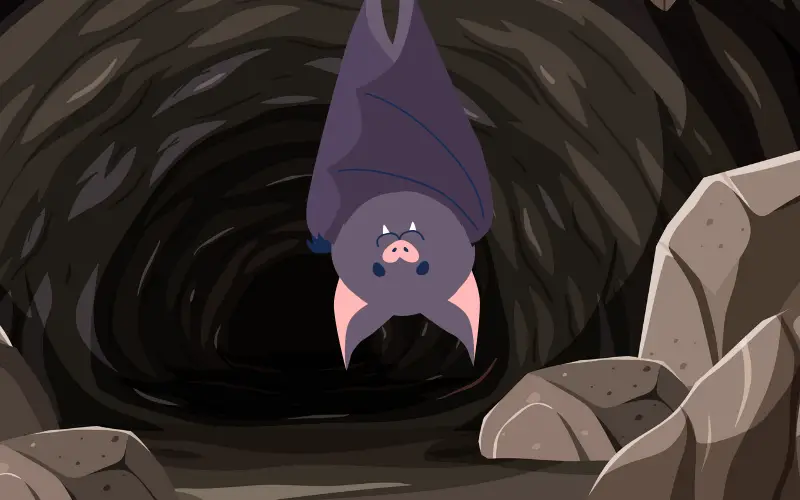
Bats are fascinating creatures with the incredible ability to navigate and hunt using echolocation. These nocturnal winged wonders emit high-frequency ultrasonic sounds through their mouths or noses. When these sound waves encounter objects in their path, they bounce back as echoes. By interpreting the returning echoes, bats can create a detailed mental map of their surroundings, identifying the size, shape, and distance of obstacles and potential prey.
This echolocation system allows bats to navigate through dense forests, find insects in pitch-black darkness, and avoid collisions with objects while in flight. The precision and speed with which they utilize echolocation demonstrate a level of sensory acuity that humans can only marvel at.
12. Electromagnetic Field Detection
Sharks
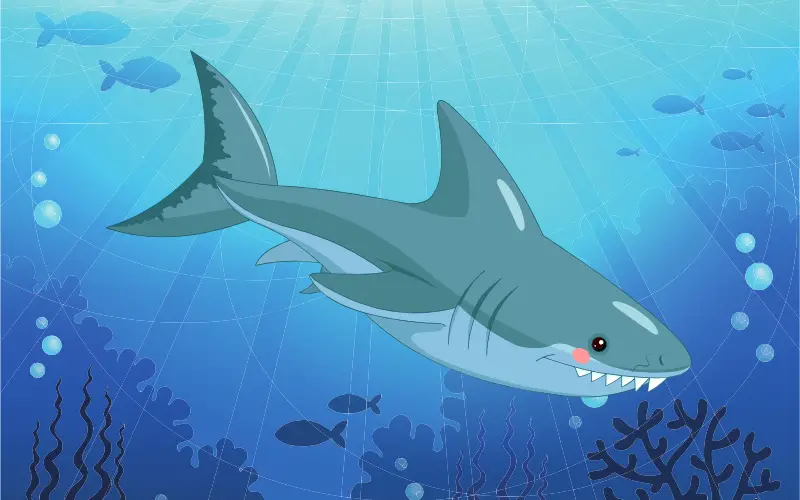
Sharks have roamed the Earth’s oceans for millions of years, and their success as predators is partly attributed to their unique sense known as electroreception. Specialized sensory organs called ampullae of Lorenzini enable sharks to detect the weak electric fields produced by living organisms, including prey, even when hidden or motionless.
This electroreception sense is particularly advantageous for sharks that hunt in murky waters or at great depths where visibility is limited. By detecting the electrical signals emitted by potential prey, sharks can hone in on their targets with exceptional accuracy, making them formidable hunters in their underwater realm.
11. Incomparable Eyesight
Birds

Eagles, falcons, and other birds of prey possess eyesight that outshines the vision of most animals, including humans. Their eyes are equipped with a high density of specialized cells called cones, responsible for color vision and visual acuity. This grants them the ability to detect even the slightest movements from great distances.
Some birds of prey can spot small prey from hundreds of meters away, and their keen eyesight allows them to soar high above the ground, surveying vast territories with ease. Additionally, these birds have a remarkable ability to focus on specific targets while in mid-flight, enabling them to lock onto prey and execute precise hunting maneuvers.
The combination of powerful eyesight and sharp talons makes birds of prey apex predators, exemplifying the art of hunting with unrivaled precision.
Play Trivia!
Challenge yourself and play trivia questions with answers and explanations.
Mind-bending Intelligence: Animal Einstein’s Among Us
When it comes to intelligence, humans often tend to consider themselves superior to all other species. However, the animal kingdom is brimming with astounding cognitive abilities that challenge our perception of intelligence. Dolphins showcase complex problem-solving skills, social bonding, and communication that rival our own. Elephants display self-awareness, empathy, and even a sense of mourning for their fallen companions. Cephalopods like octopuses exhibit an exceptional capacity for learning and puzzle-solving that leaves researchers awe-struck. The animal Einstein’s among us continue to broaden our understanding of intelligence and its diverse forms.
10. Complex Problem-Solving
Dolphins

Dolphins are among the most intelligent creatures on Earth, captivating researchers and enthusiasts alike with their remarkable cognitive abilities. These cetaceans exhibit complex problem-solving skills and have displayed an impressive level of understanding of cause and effect. They can use tools, such as sponges, to protect their noses while foraging for food on the ocean floor, showcasing a level of ingenuity that is awe-inspiring.
Beyond their problem-solving skills, dolphins are highly social beings. They engage in intricate communication, using clicks, whistles, and body language to convey information and emotions. Their societies are built on strong bonds and cooperation, with individuals working together to accomplish tasks, including hunting and protecting their pod members. These social interactions suggest a level of emotional intelligence that mirrors some aspects of human social dynamics.
9. Empathy & Mourning
Elephants
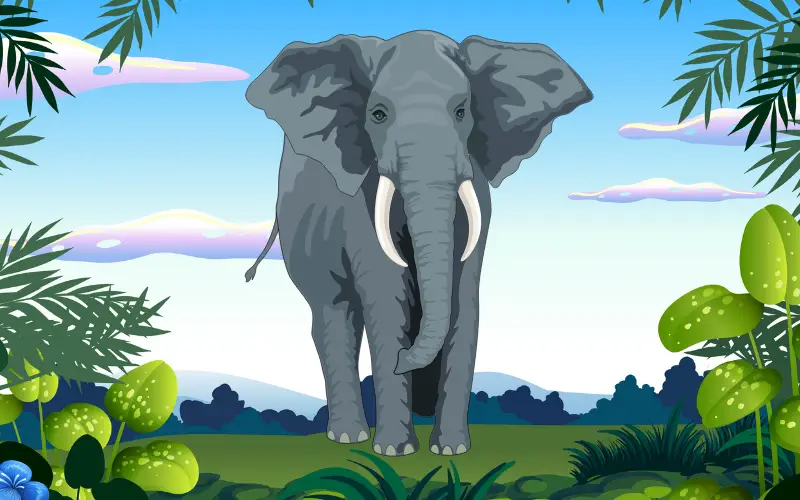
Elephants are known for their remarkable memory, but their intelligence goes far beyond that. These gentle giants exhibit a profound capacity for empathy and emotional understanding. They display concern for the well-being of their fellow elephants, helping injured or distressed members of their herd and comforting each other in times of need.
Moreover, elephants demonstrate an awareness of death and mortality. When a member of their group passes away, they often show behaviors reminiscent of mourning. They may stand vigil over the deceased, caress their fallen comrade with their trunks, and even return to the burial site in subsequent years, as if paying tribute to their departed kin.
8. Puzzle-Solving
Cephalopods
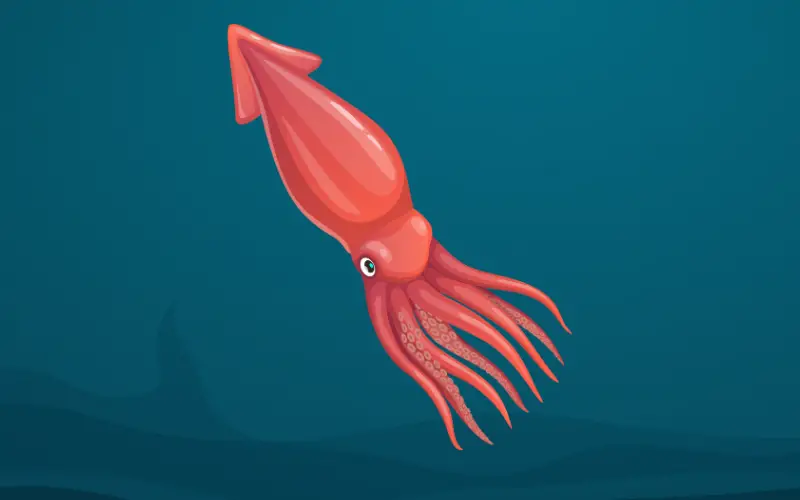
Cephalopods, particularly octopuses, are some of the most enigmatic and intelligent creatures in the ocean. These marine marvels have a unique and decentralized nervous system, with two-thirds of their neurons located in their arms. This allows them to control each arm independently, enabling incredible dexterity and flexibility.
Octopuses have demonstrated exceptional problem-solving skills in laboratory settings, showing the ability to navigate complex mazes, manipulate objects, and even unscrew jars to access hidden food. They can learn through observation and are known to be curious and inquisitive, exploring their surroundings with apparent fascination.
What’s particularly intriguing is that octopuses can exhibit different behaviors depending on their context, displaying both complex problem-solving and camouflage capabilities when it comes to escaping predators or capturing prey. Their intelligence is incredibly adaptable and seems to extend far beyond instinctual behavior.
Read More Fun Facts
Learn more fun facts with Trivia Mastermind content.
Supersonic Speed and Agility: Racing Through the Wild
The realm of animal superpowers wouldn’t be complete without acknowledging the incredible speed and agility of certain species. Cheetahs, the fastest land animals on Earth, can reach staggering speeds of up to 70 mph (113 km/h) in just a few seconds. Their explosive acceleration and nimble maneuvering enable them to catch prey with unrivaled precision. Meanwhile, the humble hummingbird showcases unmatched aerial acrobatics, hovering in mid-air and darting between flowers with astonishing ease, thanks to its rapid wing beats.
7. Explosive Speed
Cheetahs
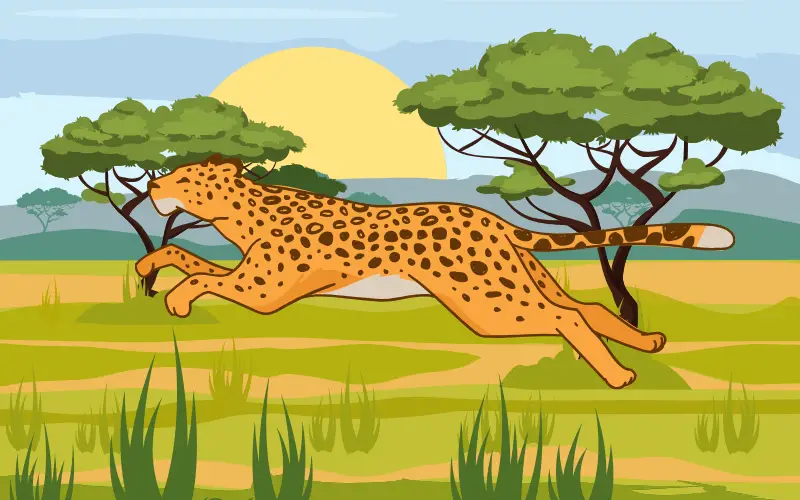
Cheetahs are undeniably the stars of the super speed world. As the fastest land animals on Earth, they have earned their reputation for their unparalleled sprinting abilities. With their slender, aerodynamic bodies and powerful muscles, cheetahs can accelerate from 0 to 60 mph (97 km/h) in just a few seconds. They are built for explosive bursts of speed, allowing them to chase down prey with astonishing efficiency.
When a cheetah is on the hunt, it locks its eyes on its target and unleashes an extraordinary burst of energy. Its long, flexible spine acts like a coiled spring, propelling it forward in graceful strides. This high-speed pursuit is both a display of athleticism and a strategic approach to hunting, as cheetahs rely on the element of surprise and the sheer force of their speed to catch their prey.
6. Aerial Acrobatics
Hummingbirds
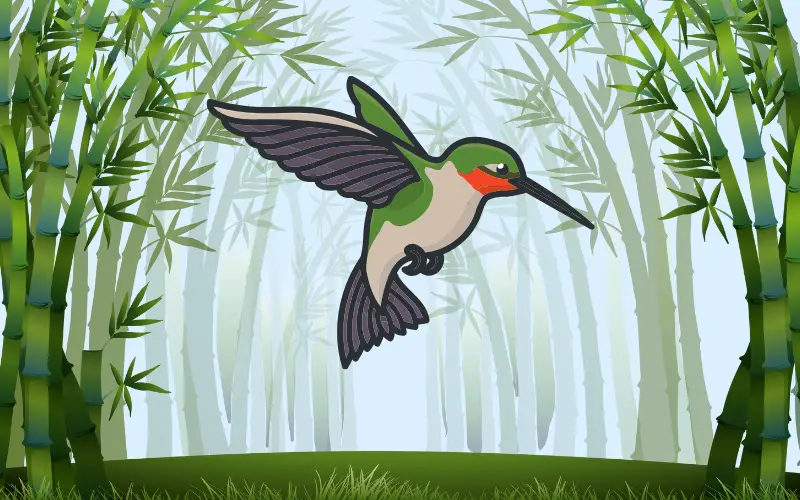
While cheetahs dominate the land, hummingbirds reign supreme in the skies. These tiny avian wonders possess an unmatched agility that allows them to maneuver effortlessly through the air, hovering in mid-air and darting between flowers with astonishing ease. With rapid wing beats that can exceed 80 times per second, they can hover like helicopters, fly backward, and change direction in the blink of an eye.
Hummingbirds are also the only birds capable of sustained hovering, thanks to their unique wing structure and specialized muscle adaptations. Their ability to maintain precise control and balance in mid-flight enables them to extract nectar from flowers with pinpoint accuracy using their long, slender beaks.
The hummingbird’s agility is essential for their survival, as it allows them to access nectar-rich flowers that other birds may struggle to reach. Their aerial acrobatics are a marvel of nature and a testament to the diversity of flight adaptations found in the animal kingdom.
Extreme Strength: Lifting the Impossible
The strength exhibited by some animals defies the laws of physics. The dung beetle, for instance, can roll objects up to 1,000 times its weight. Imagine a human lifting an object equivalent to six double-decker buses! Furthermore, the Hercules beetle, with its horn-like structures, can carry objects weighing up to 850 times its body weight. These seemingly superhuman feats are a testament to the sheer power that certain creatures possess.
5. Rolling Giants
The Dung Beetle
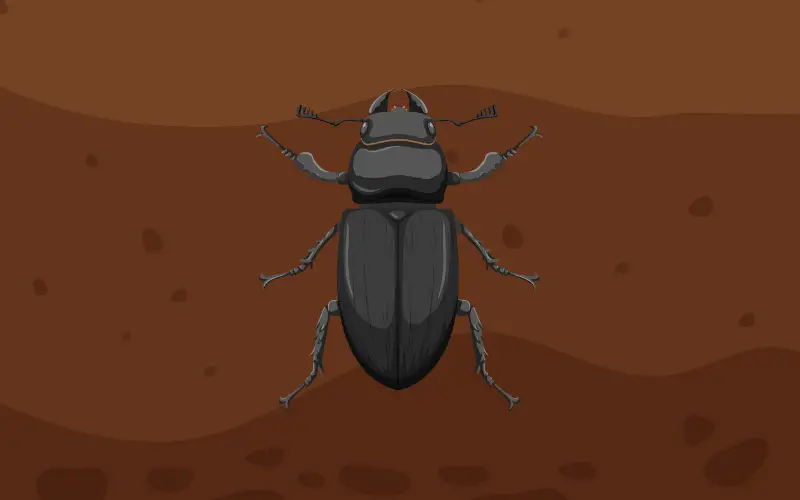
The dung beetle is a tiny insect that resides in various ecosystems across the world. Despite its small size, this unassuming creature possesses an incredible strength-to-body weight ratio that allows it to perform a feat that seems almost impossible. Dung beetles use their strength to roll balls of dung, which they bury underground and use as a food source or as a nesting chamber for their eggs.
What’s truly mind-boggling is the weight of the objects they move. Some species of dung beetles can roll dung balls that are up to 1,000 times their own body weight. To put this into perspective, imagine an average human being able to lift and transport six double-decker buses with ease! This astonishing ability has earned the dung beetle a reputation as one of the strongest creatures on the planet.
Play Trivia!
Challenge yourself and play trivia questions with answers and explanations.
4. Heavy Lifting
The Hercules Beetle
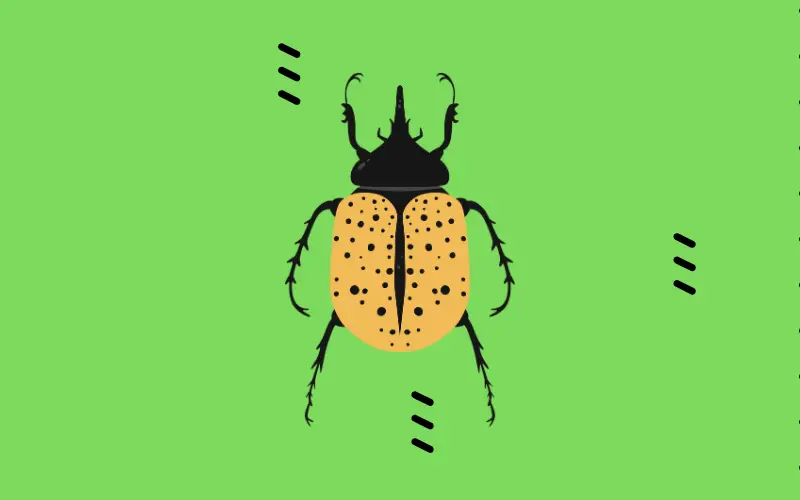
The Hercules beetle, named after the mighty Greek mythological hero, is another example of extreme strength in the animal kingdom. These large insects possess horn-like structures on their heads, which are used for various purposes, including defense and competition with other males for mating rights. However, their most awe-inspiring feat lies in their ability to carry exceptionally heavy loads.
Relative to its size, the Hercules beetle is one of the strongest creatures on Earth. They can carry objects that weigh up to 850 times their own body weight. If a human could lift 850 times their weight, they would be able to carry more than six fully grown elephants!
The immense strength of these beetles is a result of their specialized muscle and skeletal adaptations. Their muscles are highly efficient and capable of generating an impressive amount of force, enabling them to move and manipulate objects that would be impossible for creatures many times their size.
Regeneration: The Healing Touch of the Animal Kingdom
While humans struggle with wound healing and tissue regeneration, some animals have mastered the art of self-repair. The axolotl, a salamander species native to Mexico, can regrow entire limbs and even parts of its brain and heart. Starfish can regenerate a whole new body from just a fragment, and some species of jellyfish can revert to their juvenile stage after reaching adulthood, allowing for endless cycles of regeneration. Unlocking the secrets behind these incredible abilities could hold the key to revolutionary medical advancements for humans.
3. Limb Regeneration
The Axolotl
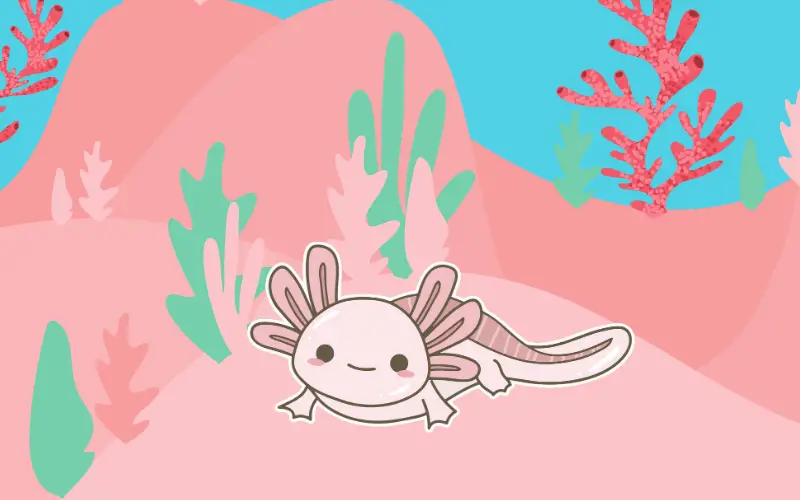
The axolotl, also known as the Mexican walking fish, is a unique salamander species that has captured the attention of researchers for its extraordinary regenerative abilities. Unlike most salamanders, which lose their ability to regenerate as they reach adulthood, the axolotl retains its regenerative prowess throughout its entire life.
When an axolotl loses a limb, the regeneration process begins almost immediately. The cells near the wound site dedifferentiate, meaning they revert to a more primitive state, and form a mass of pluripotent cells known as a blastema. This blastema then differentiates into various cell types, ultimately reconstructing the lost limb, including bones, muscles, nerves, and skin. In just a matter of weeks, the axolotl regains full functionality of its regenerated limb, without any visible signs of scarring.
The axolotl’s remarkable regenerative capabilities have drawn the attention of scientists worldwide, as understanding the genetic and cellular mechanisms behind this process could unlock new possibilities for regenerative medicine in humans.
2. Total Regeneration
Starfish
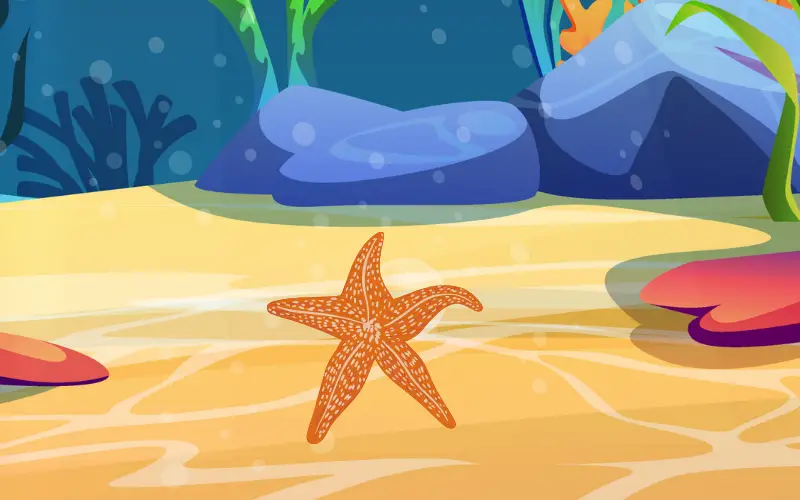
Starfish, or sea stars, are a marvel of nature when it comes to regeneration. These fascinating echinoderms possess the ability to regrow an entirely new body from just a single fragment. If a starfish loses an arm, it can regrow the entire arm, complete with all its internal organs. In some cases, a severed arm can even regenerate into an entirely new starfish, leading to the remarkable potential for a single starfish to create multiple copies of itself.
This astonishing capacity for total regeneration is made possible by the presence of specialized cells called pluripotent stem cells. These stem cells have the unique ability to differentiate into any cell type required for rebuilding the lost body part. The starfish’s regenerative capabilities have captivated biologists and offer valuable insights into the regenerative potential of stem cells, which could hold significant implications for regenerative medicine and tissue engineering in humans.
1. Never-Ending Regenerative Cycle
Jellyfish
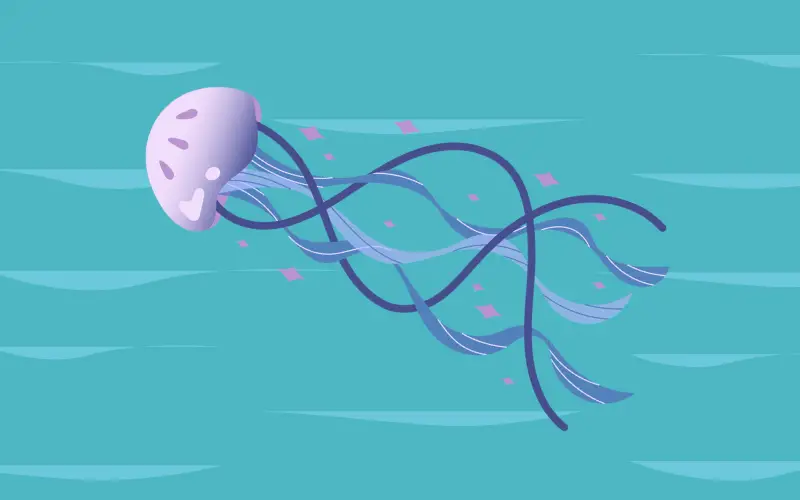
Jellyfish are another group of animals that exhibit extraordinary regenerative abilities. Some species of jellyfish are known to have a fascinating life cycle that allows them to revert to their juvenile stage after reaching adulthood. This process, known as transdifferentiation, allows mature jellyfish to transform back into their polyp stage, effectively starting their life cycle anew.
During this transformation, the jellyfish’s cells undergo a process similar to dedifferentiation, in which specialized cells revert to a more primitive state, capable of differentiating into various cell types. This rejuvenation process allows the jellyfish to continue its life cycle indefinitely, providing endless opportunities for regeneration.
The jellyfish’s ability to rejuvenate and perpetually renew itself provides valuable insights into the concept of aging and the potential for regenerating damaged or aging tissues in humans.
Conclusion
The wild world of animal superpowers is a treasure trove of inspiration and marvels. From the artful mastery of camouflage to the superhuman feats of strength, animals have evolved an astonishing array of abilities that continue to challenge our understanding of the natural world. As we unravel the secrets behind these extraordinary powers, we gain not only insight into the survival strategies of various species but also a deeper appreciation for the interconnectedness and complexity of life on Earth. Let us cherish and protect these remarkable creatures, ensuring that future generations can continue to witness and marvel at the wild world of animal superpowers.
Read More Fun Facts
Learn more fun facts with Trivia Mastermind content.
Play Trivia!
Challenge yourself and play trivia questions with answers and explanations.
Recent Posts
Science Trivia - Astronomy ...
Step into a realm of nostalgia as we embark on a journey through the annals of pop culture and bid farewell to 35 recently obsolete technologies. In the ever-evolving landscape of innovation, certain...


